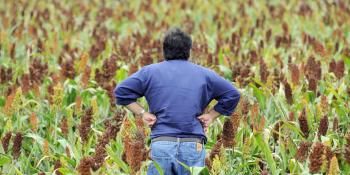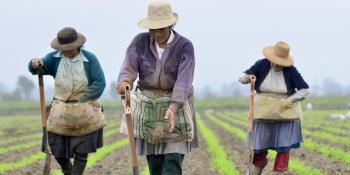New conceptual framing on links between climate risk and migration
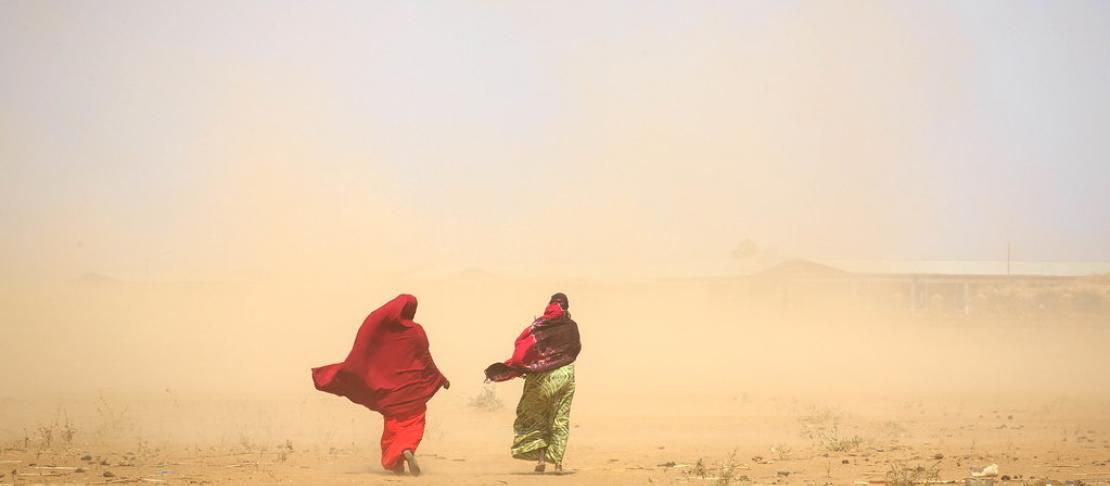
In the last two decades, scholarly understanding of the relationship between climate change and human migration and displacement has expanded greatly. Climate-migration scholarship evolved independently from other fields of climate change impact scholarship and this is reflected in successive generations of the Intergovernmental Panel on Climate Change (IPCC) assessment reports that use a risk framing not found in most climate-migration literature.
Policymakers’ concerns about climate change impacts on migration have grown in recent years, creating demand for greater treatment of it in IPCC and other scientific assessment reporting. This generates a need for common conceptual foundation that links climate-migration research to a wider climate change risk framing.
A recent letter published in Climatic Change outlines a new conceptual framing of the links between climate change risk and migration, written by some active participants assessing migration and (im)mobility for IPCC’s 6th Assessment Report. This letter was co-authored by Philip Thornton, Priorities and Policies for CSA Flagship Leader of the CGIAR Research Program on Climate Change, Agriculture and Food Security (CCAFS).
The role of migration in climate research: a historical overview
Previously, migration was not part of conceptualizing climate risk, although migration was discussed in the IPCC’s 5th Assessment Report (AR5). It was part of the framing of human security, with the implication that migration is not in itself a “risk” but is situated within the “socioeconomic processes” (see figure 1 below).
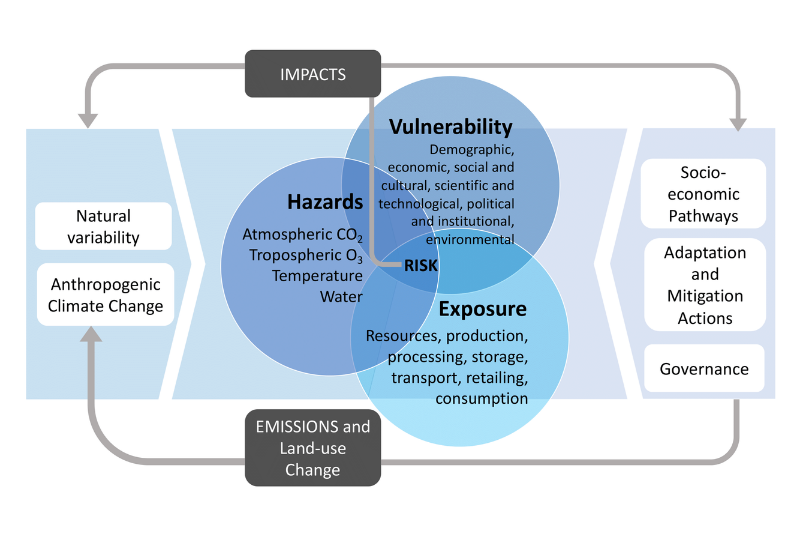
Figure 1. Migration as a socio-economic factor.
In the above representation of the emergence of risk in the context of climate change, migration is not mentioned explicitly, but is implicitly included among the “socioeconomic processes” that have (1) direct impacts on exposure and vulnerability to climatic hazards, (2) affect emissions and land-use change, and (3) are in turn affected by the impacts of climatic risk.
Research published since AR5 emphasizes that migration occurs along a continuum of agency or voluntarity.
- When it occurs as a result of people making choices on how best to respond to hazards (especially when followed by remittance sending), it’s seen as an adaptation method of households within the context of livelihood strategies.
- At the other end of the agency continuum are people who are forced to migrate as a result of climate change. This can be either a direct result such as when people’s homes are destroyed due to extreme weather events, or indirect, for example, agricultural livelihoods lost due to degraded soils.
Climate-migration may take a wide variety of forms in terms of duration or destination. There are also immobile groups that may be unable or unwilling to move.
This above summary in represented in figure 2, and figure 3 elaborates on the mobility outcomes.

Figure 2. Climatic risk, responses and mobility outcomes.
The left side of this figure above summarizes from Figure 1 that climatic risk and its component elements of hazard, exposure and vulnerability are created by climatic and non-climatic factors. Initial responses to climatic risk are typically in situ; that is, they typically do not lead to new migration or to changes in pre-existing mobility patterns. Successful in situ adaptation leads to a decrease in risk. If in situ adaptation is unsuccessful, mobility-based responses ensue once a context-specific threshold is passed. Outcomes are uncertain and, depending on circumstances, may lead to an increase or decrease in risk. The propellers at the right side of the diagram represent modifications of the one on the left, hence the arrows looping back from right to left.
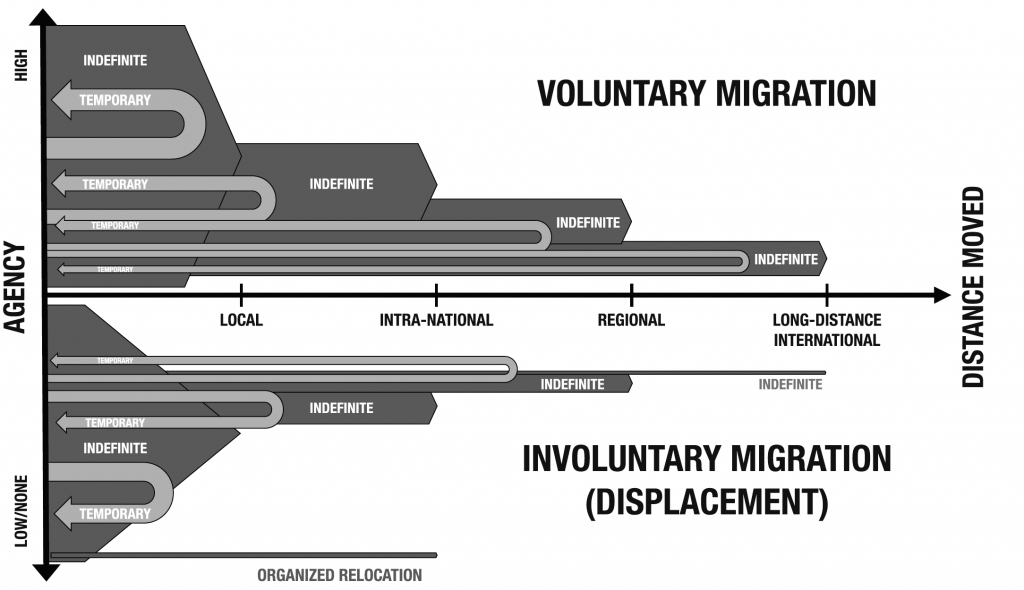
Figure 3. Voluntary and involuntary migration.
Mobility responses to climatic risks occur along a continuum of agency (the vertical axis above). Individuals and households with high agency are able to choose if, when, and where to move, while those with low agency have little or no choice. To simplify the figure, mobility responses are divided into voluntary and involuntary migration or displacement. The distance traveled by climate migrants (the horizontal axis above) ranges from short distance, local migration to long distance, international migration. Most climate-migration occurs over short distances within countries, and this is reflected by the relative size the grey arrows. Migration may be permanent or temporary, the latter shown with backward-bending arrows. Immobile populations may be relocated in organized fashion with institutional assistance as shown in the lowest of the right-pointing arrows, although there are currently few examples.
What the framework can be used for
As with any simplified, two-dimensional representation of complex human-environment systems, this framework has limitations:
- It’s a generalized attempt to represent commonly observed outcomes—the actual outcomes of any one specific climate-related migration event will inevitably be different in its characteristics from others.
- Migration is multi-directional; entirely different and opposite migration responses may occur in response to similar types of hazard.
- Migration responses to recurrent hazards in a given locale tend to change over time.
- Figures 2 and 3 are agnostic as to the particular ways in which non-climatic factors interact with climate hazards, exposure and vulnerability.
The framework in Figures 2 and 3 provides a basis for unifying terminology and understanding of climate-migration processes across the physical, environmental, and social sciences, and with international policymaking where decisions are often informed by IPCC reporting.
In a future where climate change drives larger numbers of people and communities through more frequent cycles of hazard, response, and recovery, this framework provides a guide to experts seeking to understand how climate-migration processes fit within the context of climate-resilient development and the broader sustainability outcomes the international community aspires to achieve.
It is hoped that this letter helps broaden the discourse among researchers and policymakers around actions and policies that confer greater agency to people who may one day need to migrate because of climate change.

